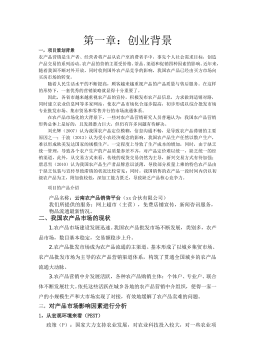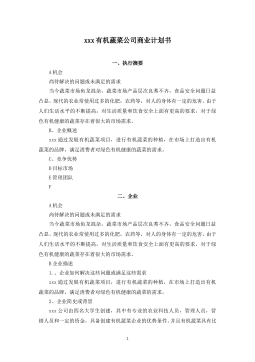我国监事会监督效果的实证研究——以央企上市公司为例
摘要我国上市公司内部监督机制运行低效,监事会作为公司治理组织体系中监督机构,监督职能发挥不力,工作流于形式,我国国有独资公司及国有控股公司监事会的监督职能也存在弱化现象,在一定程度上造成了国有资产的流失,影响了国有企业在国民经济中主导作用的发挥。我国监事会制度是否如人们认识的那样形同虚设,监事会在企业实际运行中的监督效果如何,本文以央企上市公司为例,采用实证研究的方法来探索监事会在企业经营管理中实际的监督效果问题。本文分为四部分六个章节,第一部分对应论文的第一章和第二章,介绍了选题的背景、意义,阐述了监事会制度的缘起及产生的理论背景,通过文献综述的形式总结了国内外关于监事会及监事会监督效果的研...
相关推荐
-
我国基层财政困难的制度成因分析与对策研究VIP免费
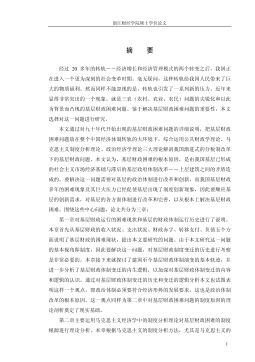
 2024-09-20 33
2024-09-20 33 -
我国煤电产业链纵向交易合约机制研究VIP免费
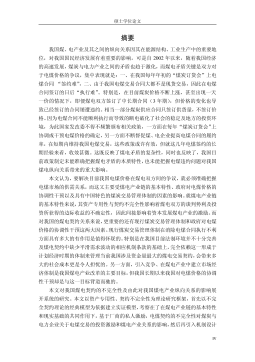
 2024-09-20 28
2024-09-20 28 -
生产要素视角下的上海市产业结构优化研究VIP免费
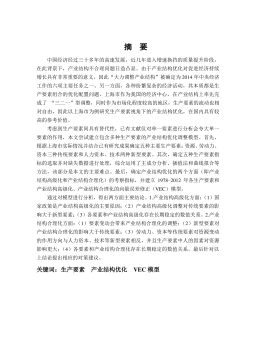
 2025-01-09 7
2025-01-09 7 -
我国银行业结构与经济结构关系研究VIP免费
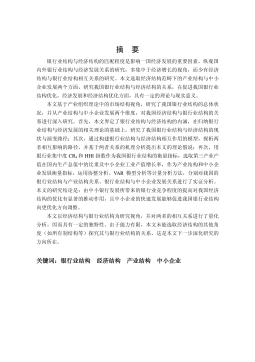
 2025-01-09 7
2025-01-09 7 -
大数据视角下农业供应链金融研究VIP免费

 2025-01-09 6
2025-01-09 6 -
跨国大型综合超市的规划研究VIP免费
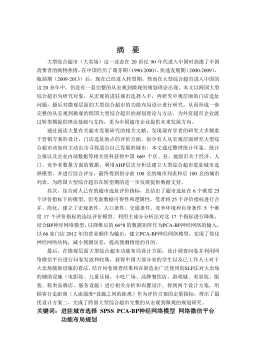
 2025-01-09 6
2025-01-09 6 -
跨境电商农产品质量安全问题研究VIP免费
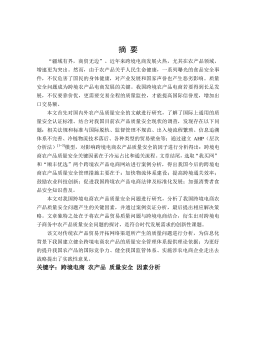
 2025-01-09 8
2025-01-09 8 -
世界市场的虚拟化与我国国际电子商务发展方向研究VIP免费
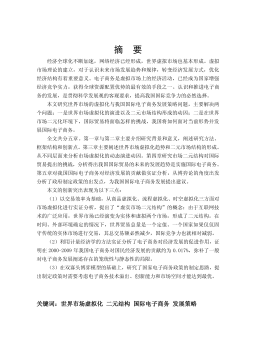
 2025-01-09 9
2025-01-09 9 -
中国政府对电力行业的价格规制问题研究VIP免费
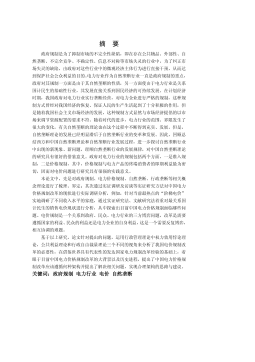
 2025-01-09 14
2025-01-09 14 -
中小企业信息化系统集成技术研究VIP免费
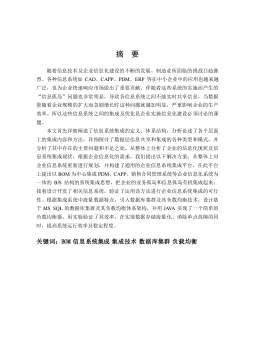
 2025-01-09 14
2025-01-09 14
相关内容
-

跨国大型综合超市的规划研究
分类:高等教育资料
时间:2025-01-09
标签:无
格式:PDF
价格:15 积分
-

跨境电商农产品质量安全问题研究
分类:高等教育资料
时间:2025-01-09
标签:无
格式:PDF
价格:15 积分
-

世界市场的虚拟化与我国国际电子商务发展方向研究
分类:高等教育资料
时间:2025-01-09
标签:无
格式:PDF
价格:15 积分
-

中国政府对电力行业的价格规制问题研究
分类:高等教育资料
时间:2025-01-09
标签:无
格式:PDF
价格:15 积分
-

中小企业信息化系统集成技术研究
分类:高等教育资料
时间:2025-01-09
标签:无
格式:PDF
价格:15 积分


